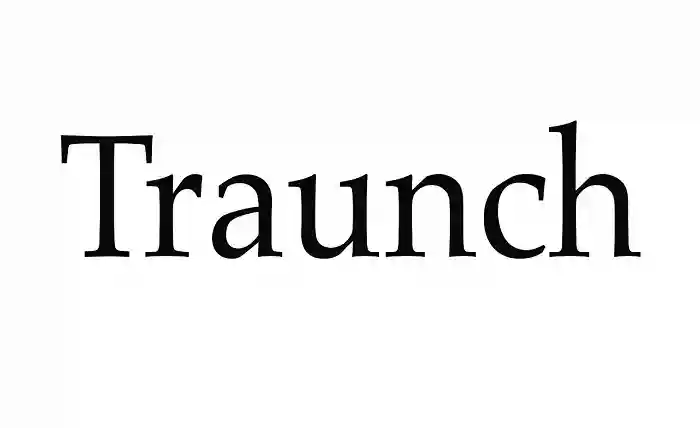Traunch: A Financial Term Explained

Traunch is a term that is often used in the financial sector, especially in venture capital and structured finance. It refers to a portion or installment of a series of payments or funds that are scheduled over a certain period of time and are subject to certain performance metrics or conditions. In this article, we will explain what traunch means, how it works, why it is used, and what are its advantages and disadvantages.
What Does Traunch Mean?
The word traunch is derived from the French word “tranche”, which means “slice” or “portion”. It is used to describe a part of a larger deal or transaction that is divided into smaller segments or stages. For example, a traunch can be one of the rounds of funding that a startup company receives from venture capitalists (VCs) in exchange for equity or ownership. A traunch can also be one of the levels of risk or maturity that a security or debt instrument has in a structured finance deal.
How Does Traunch Work?
A traunch works by splitting a large amount of money or assets into smaller pieces that are released or allocated gradually over time and based on certain criteria or milestones. For example, a VC may agree to invest $10 million in a startup company, but instead of giving the whole amount at once, the VC may split it into four traunches of $2.5 million each. The first traunch may be given when the startup signs the deal, the second traunch may be given when the startup achieves a certain number of users or revenue, the third traunch may be given when the startup launches a new product or service, and the fourth traunch may be given when the startup reaches profitability or exits.
Similarly, a structured finance deal may involve creating different traunches of securities or debt instruments that have different levels of risk or maturity. For example, a mortgage-backed security (MBS) may be composed of several traunches of mortgages that have different interest rates, payment schedules, and default probabilities. The first traunch may have the lowest risk and the highest priority of payment, while the last traunch may have the highest risk and the lowest priority of payment.
Why Is Traunch Used?
A traunch is used for various reasons, depending on the context and the parties involved. Some of the common reasons are:
- To reduce risk: By dividing a large deal or transaction into smaller parts, the parties can reduce their exposure to uncertainty or volatility. For example, a VC can use traunches to mitigate the risk of investing in an unproven startup by tying the funding to specific performance metrics or milestones. Similarly, a structured finance deal can use traunches to create different risk profiles for different investors who have different risk appetites or preferences.
- To align incentives: By linking the release or allocation of funds or assets to certain criteria or milestones, the parties can align their incentives and goals. For example, a VC can use traunches to motivate the startup to achieve certain targets or outcomes that are beneficial for both parties. Similarly, a structured finance deal can use traunches to distribute the rewards and penalties among different investors who have different expectations or interests.
- To increase flexibility: By splitting a large deal or transaction into smaller parts, the parties can increase their flexibility and adaptability to changing circumstances or opportunities. For example, a VC can use traunches to adjust the amount or timing of funding based on the progress or performance of the startup. Similarly, a structured finance deal can use traunches to create different options or scenarios for different investors who have different needs or preferences.
What Are The Advantages And Disadvantages Of Traunch?
A traunch has both advantages and disadvantages, depending on the context and the parties involved. Some of the common advantages and disadvantages are:
- Advantages:
- It can reduce risk by diversifying or hedging against uncertainty or volatility.
- It can align incentives by creating mutual benefits or goals for both parties.
- It can increase flexibility by allowing adjustments or modifications based on changing circumstances or opportunities.
- Disadvantages:
- It can increase complexity by creating more segments or stages that require more monitoring or evaluation.
- It can create conflicts by creating different expectations or interests among different parties.
- It can reduce efficiency by delaying or withholding funds or assets that could be used more effectively.
Read more about: naz-tricks
Conclusion
Traunch is a term that is often used in the financial sector to refer to a portion or installment of a series of payments or funds that are scheduled over a certain period of time and are subject to certain performance metrics or conditions. It is commonly used in venture capital and structured finance deals to reduce risk, align incentives, and increase flexibility. However, it also has some drawbacks, such as increasing complexity, creating conflicts, and reducing efficiency. Therefore, it is important to understand what traunch means, how it works, why it is used, and what are its advantages and disadvantages.
Read more about: ttbhealth




